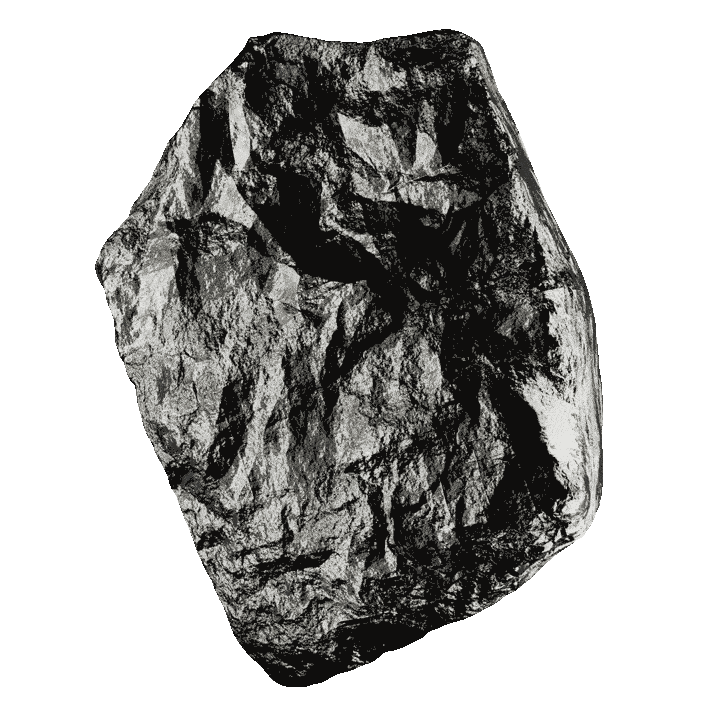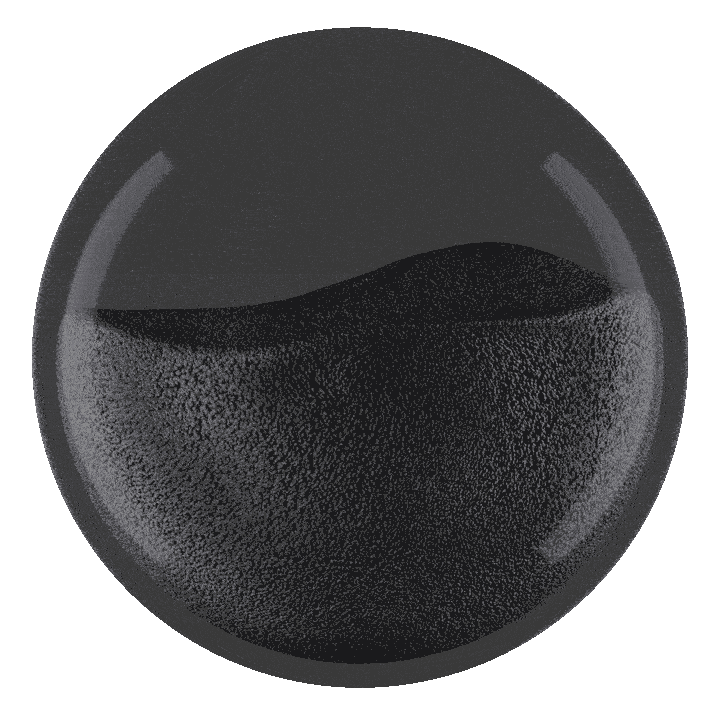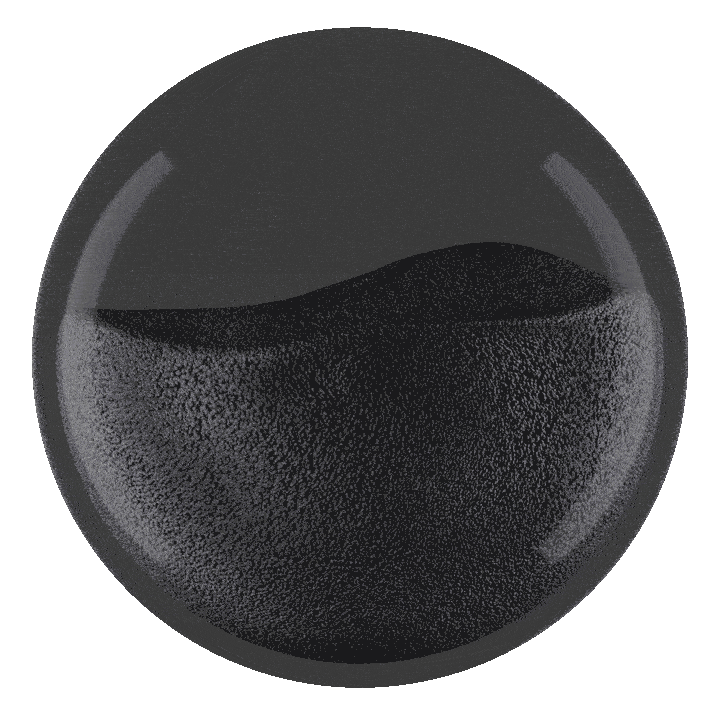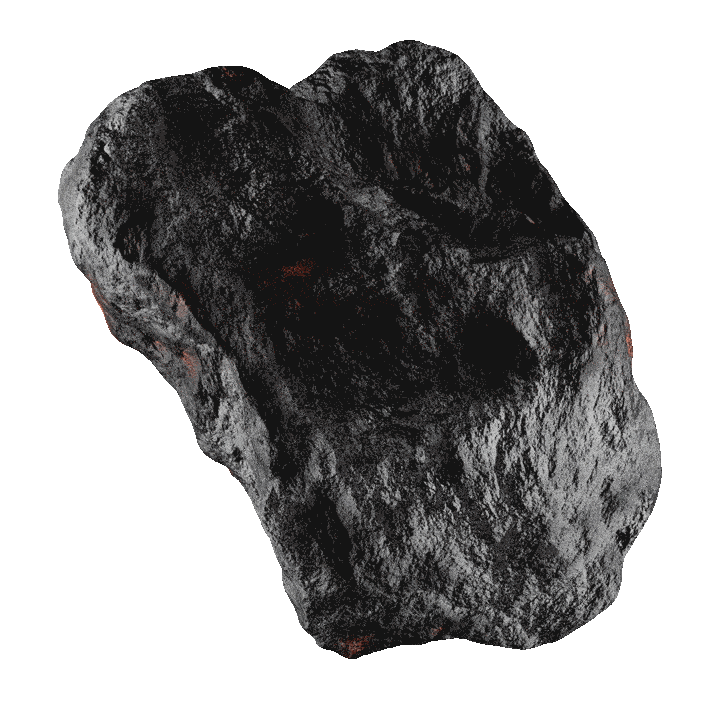
Billet
introduction
Steel is a versatile and widely used material in various industries due to its exceptional strength, durability, and malleability. However, the journey from molten steel to the final product involves several stages of processing. One crucial intermediate product in the steel production process is the steel billet. In this comprehensive article, we will explore the intricacies of steel billets, their production, properties, applications, and their significance within the steel industry. A steel billet can be defined as a semi-finished product with a rectangular or square cross-section. It serves as the starting point for the production of numerous steel products, including bars, rods, wire, pipes, and structural sections.
Production Process of billet
Steel billets are typically manufactured using a process known as continuous casting. In this process, molten steel is poured into a water-cooled mold, where it solidifies and takes the shape of the mold. Once solidified, the steel billet is cut to the desired length using high-speed hydraulic shears or torch cutting. This process ensures uniformity in dimensions and composition, which is crucial for subsequent processing.
The quality control of steel billets is essential to ensure that the final steel products meet the required standards and specifications. Several key properties are rigorously controlled during the production of steel billets:
Chemical Composition: The chemical composition of steel billets, including the percentages of elements such as carbon, manganese, silicon, sulfur, phosphorus, and alloying elements, is carefully monitored. The composition determines the mechanical properties and performance of the final product.
Homogeneity: Steel billets need to exhibit uniformity in terms of chemical composition and microstructure throughout their entire volume. Any variation in composition or structure can lead to inconsistent mechanical properties and may affect the integrity of the final product.
Internal Soundness: The presence of internal defects, such as voids, cracks, or inclusions, can significantly impact the strength and reliability of the steel billets. Ultrasonic testing and other non-destructive testing methods are employed to detect and eliminate these defects.
Surface Quality: The surface condition of steel billets is critical as it can affect subsequent processing steps and the final appearance of the end products.
Types of Steel Billets
Steel billets can be classified into different types based on the grade of steel used and the intended application. The two primary types are carbon steel billets and alloy steel billets.
Carbon Steel Billets
Carbon steel billets are made from steel with a relatively low carbon content. They are commonly used for general-purpose applications where high strength or specialized properties are not required. Carbon steel billets serve as the raw material for the production of various steel products used in construction, manufacturing, and infrastructure.
Alloy Steel Billets
Alloy steel billets are produced by incorporating additional alloying elements such as chromium, nickel, molybdenum, or vanadium into the steel composition. These alloying elements enhance the mechanical properties of the billets, providing increased strength, improved corrosion resistance, heat resistance, or other specific characteristics. Alloy steel billets find applications in industries where superior performance is required, such as automotive, aerospace, energy, and tool manufacturing.
Applications of Steel Billets
Steel billets play a vital role in numerous industries and serve as the raw material for various steel products. They undergo further processing to transform into the following products:
Bars: Steel billets are hot rolled and shaped into bars of different profiles, including round bars, square bars, and flat bars.
Wire Rods: By hot rolling steel billets, they can be transformed into wire rods of different diameters. Wire rods are utilized in the manufacturing of wire, nails, bolts, and other fasteners.
Seamless Tubes: Steel billets are pierced and elongated through a process called piercing and rolling to produce seamless tubes. These tubes find applications in industries such as oil and gas, petrochemicals, and automotive, where leak-proof and high-strength tubing is required.
Structural Sections: Steel billets are processed through hot rolling and shaping to produce structural sections such as I-beams, H-beams, and channels.
Advantages of Steel Billets
Steel billets offer several advantages that make them indispensable in the steel industry. These include:
- Flexibility: Steel billets can be further processed into a wide array of steel products, catering to diverse industrial needs.
- Cost-effectiveness: The use of steel billets allows for efficient use of resources and reduces material waste during the manufacturing process.
- Consistency: Billets produced through continuous casting exhibit consistent dimensions, composition, and properties, ensuring uniformity in the final products.
- Customization: Steel billets can be customized with specific chemical compositions and properties to meet the requirements of different applications.
Last words
Steel billets are a crucial intermediary product in the steel industry, serving as the foundation for the production of various steel products. They undergo a meticulous production process to ensure uniformity, quality, and desirable properties. With their versatility, steel billets contribute to the construction of infrastructure, the manufacturing of automotive components, and the creation of countless other products. Understanding the importance of steel billets provides valuable insights into the broader steel industry and its impact on our everyday lives.You can buy from KALADASHT products for buying or advice on buying steel billets and other types of iron.
FAQs
A steel billet is a semi-finished product with a rectangular or square cross-section, serving as a starting material for the production of various steel products.
Steel billets are typically manufactured through a process called continuous casting, where molten steel is poured into a mold, solidifies, and is then cut into desired lengths.
The production process focuses on controlling properties such as chemical composition, homogeneity, internal soundness, and surface quality.
Carbon steel billets have a lower carbon content and are used for general-purpose applications, while alloy steel billets contain additional alloying elements for enhanced properties like increased strength or corrosion resistance.
Steel billets find extensive usage in industries such as construction, automotive, machinery, and infrastructure, serving as raw material for the production of bars, wire rods, seamless tubes, structural sections, and various components.













